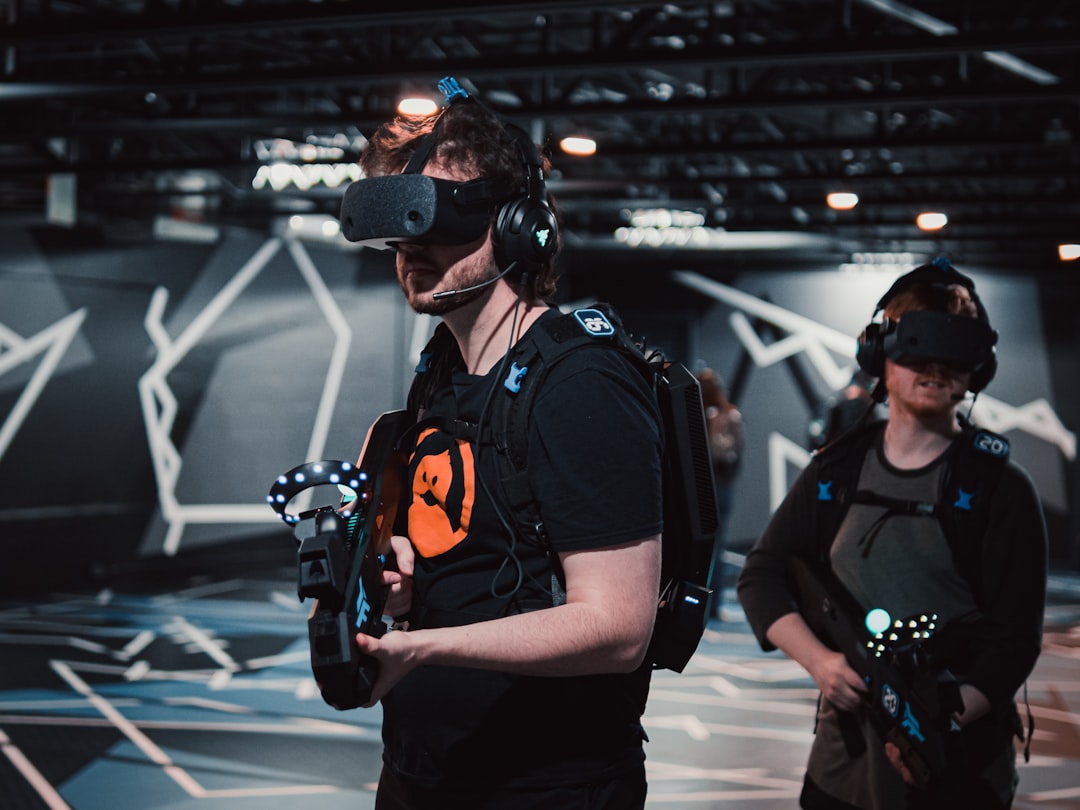Imagine walking down a crowded city street, and as you navigate your way, you receive real-time information about the nearest restaurants, historical landmarks, or even an upcoming concert. This is the power of augmented reality (AR), an emerging technology that blends the virtual world with the real world to enhance our perception and interaction with our surroundings.
AR has come a long way in recent years and is finding applications in various industries, including gaming, healthcare, education, retail, and architecture. But what exactly is augmented reality?
At its core, augmented reality overlays digital information onto the real world, creating a composite view that combines physical and virtual elements. Unlike virtual reality (VR), which completely immerses users in a virtual environment, AR enhances our existing reality by adding computer-generated graphics, sounds, or haptic feedback.
One of the most widely known applications of AR is in gaming. The immensely popular Pokémon Go brought AR to the mainstream, allowing players to catch virtual creatures in real-world locations. This fusion of the virtual and physical worlds created an interactive and immersive gaming experience, unlike anything seen before.
However, the potential of AR extends far beyond gaming. In healthcare, surgeons can use AR to improve surgical accuracy by overlaying virtual images onto a patient’s body, aiding in precise positioning and reducing the risk of errors. Similarly, AR can assist in medical training, allowing students to practice procedures in a simulated environment before operating on real patients.
In education, AR offers new ways of learning by bringing static concepts to life. Students can explore historical landmarks, dissect virtual animals, or visualize complex mathematical equations. This interactive and engaging approach to education not only enhances understanding but also sparks creativity and curiosity.
Retailers are also embracing AR to enhance the shopping experience. Customers can try on virtual clothing or accessories without stepping into a fitting room or visualize furniture in their homes before making a purchase. This not only saves time but also reduces the likelihood of buyer’s remorse.
Architects and designers are using AR to revolutionize their industries as well. With AR, clients can visualize buildings, interiors, and landscapes in real-time, making it easier to plan and customize spaces. This technology also enables architects to simulate lighting conditions, evaluate structural designs, and identify potential issues before construction begins.
AR’s potential is not limited to specific industries; it has the power to transform how we interact with technology in our everyday lives. For example, imagine wearing AR glasses that provide you with real-time translations as you travel or guide you through unfamiliar places. AR can enhance productivity in the workplace by providing hands-free access to information, instructions, and remote assistance.
The future of AR holds tremendous possibilities. As technology advances and becomes more accessible, we can expect to see even more innovative applications of AR. From interactive art installations to immersive virtual travel experiences, the boundaries of what is possible with AR continue to expand.




